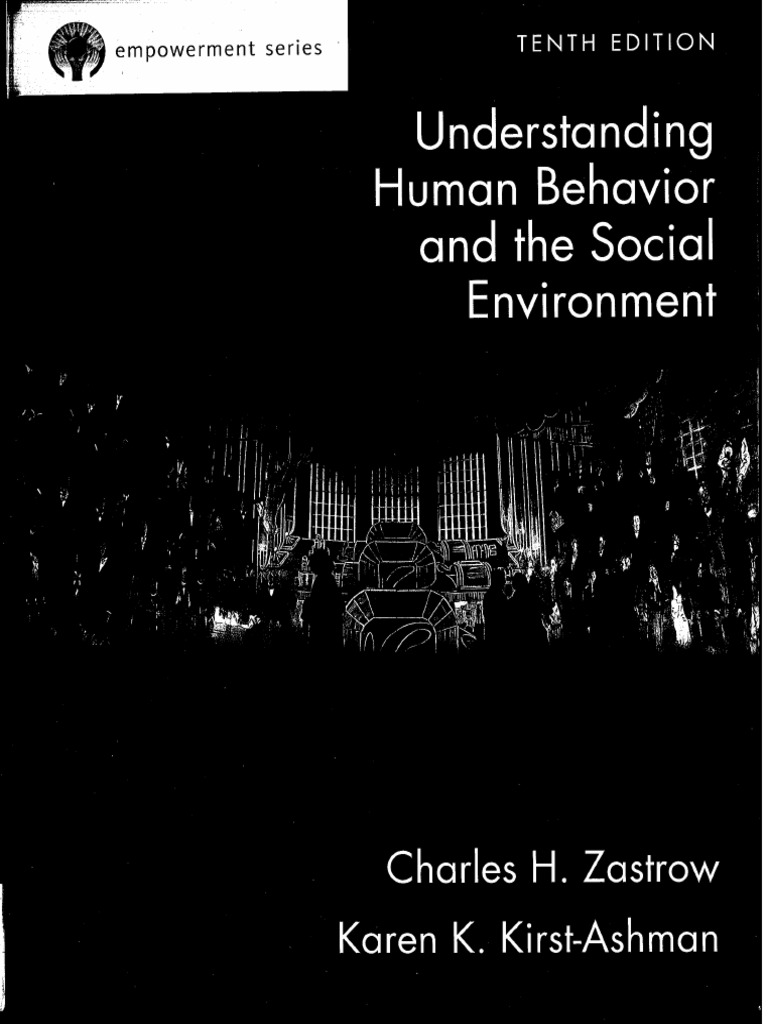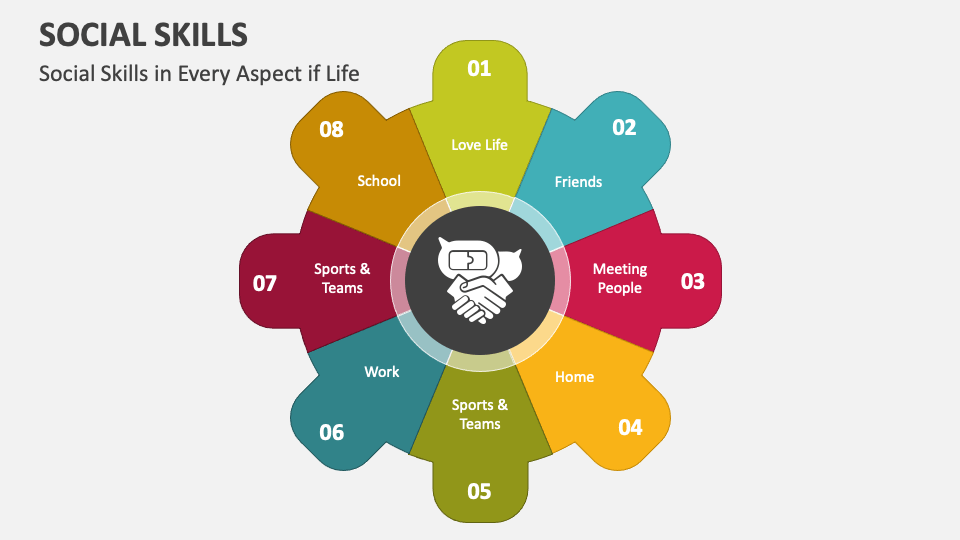Understanding the Person in Environment Perspective: Key Insights

<!DOCTYPE html>
The Person in Environment (PIE) perspective is a foundational concept in social work and psychology, emphasizing the interplay between individuals and their surroundings. This holistic approach recognizes that personal well-being is deeply influenced by social, cultural, economic, and physical environments. By understanding this dynamic, professionals can develop more effective interventions and support systems. Whether you're a student, practitioner, or simply curious, this guide will provide key insights into the PIE perspective, its applications, and its significance in various fields.
What is the Person in Environment Perspective?

The Person in Environment perspective views individuals as integral parts of their ecosystems. It highlights how factors like family, community, societal norms, and physical spaces shape behavior, mental health, and overall quality of life. This framework is particularly valuable in social work, counseling, and community development, where understanding systemic influences is crucial.
Key Components of the PIE Perspective

To grasp the PIE perspective fully, it’s essential to explore its core components:
- Individual Factors: Personal traits, experiences, and behaviors.
- Social Systems: Family, peers, and community networks.
- Cultural Context: Beliefs, values, and traditions that shape identity.
- Physical Environment: Living conditions, access to resources, and geographical location.
Applications of the PIE Perspective

In Social Work
Social workers use the PIE perspective to assess clients’ needs comprehensively. By considering both personal and environmental factors, they design tailored interventions that address root causes rather than symptoms. For example, a client struggling with unemployment might benefit from job training programs and community support networks.
In Mental Health
Therapists and counselors apply the PIE framework to understand how environmental stressors contribute to mental health issues. This approach fosters empathy and helps develop strategies that empower clients to navigate their surroundings more effectively.
Benefits of the PIE Perspective

Adopting the PIE perspective offers several advantages:
- Holistic Understanding: Provides a complete view of an individual’s circumstances.
- Tailored Solutions: Enables personalized interventions that consider unique challenges.
- Prevention Focus: Identifies environmental risks early, promoting proactive measures.
Implementing the PIE Perspective: A Checklist

Here’s a practical checklist to apply the PIE perspective in your practice:
- Assess individual strengths and challenges.
- Evaluate the impact of social and cultural environments.
- Consider physical surroundings and resource accessibility.
- Develop interventions that address both personal and environmental factors.
💡 Note: Always collaborate with clients to ensure their perspectives are central to the assessment and intervention process.
In summary, the Person in Environment perspective offers a powerful lens for understanding human behavior and well-being. By acknowledging the intricate relationship between individuals and their surroundings, professionals can create more effective, compassionate, and sustainable solutions. Whether in social work, mental health, or community development, this framework is an invaluable tool for fostering positive change. (social work practices, mental health strategies, community development initiatives)
What is the Person in Environment Perspective?
+The Person in Environment (PIE) perspective is a holistic approach that examines how individuals interact with their social, cultural, economic, and physical environments to understand their well-being and behavior.
How is the PIE Perspective used in social work?
+In social work, the PIE perspective helps professionals assess clients' needs by considering both personal and environmental factors, leading to more effective and tailored interventions.
Can the PIE Perspective be applied to mental health treatment?
+Yes, mental health professionals use the PIE perspective to understand how environmental stressors contribute to mental health issues, enabling them to develop comprehensive treatment plans.


